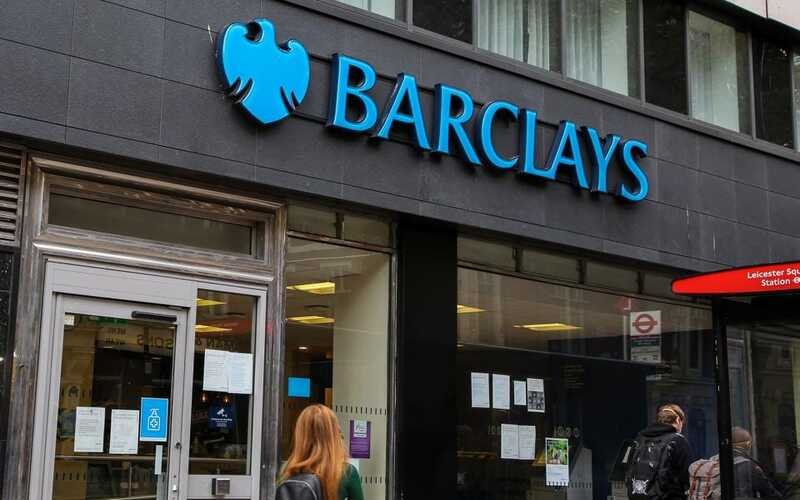Barclays (BARC.L) hinted at big cost cuts to come later this year as it announced a profit for the third quarter that narrowly exceeded forecasts but noted pressure on its margins from competition for savers. The announcement was made as the company posted a profit for the third quarter that narrowly surpassed expectations.
On Tuesday, the British lender announced a pretax profit of 1.9 billion pounds ($2.33 billion), less than the 2 billion pounds it declared a year ago but more than the 1.77 billion pounds that the consensus of analyst estimates predicted it would report.
Barclays has stated that it is “evaluating material structural cost actions” to enhance returns. This move, which might result in significant costs as early as the fourth quarter of this year, was made in response to a negative forecast for interest margins, particularly in Britain.
“These results are likely to lower market expectations further for U.K. banks,” banking analysts at JPMorgan said in a note, highlighting the margin difficulties indicated by Barclays. “We see a negative read-across for Lloyds and Natwest,” the analysts said.
Following a 750 million pound repurchase in July that helped take the sting out of dismal half-year results, the bank refrained from making any unplanned returns of excess capital to shareholders. This was done to maintain shareholder confidence.
C. S. Venkatakrishnan, the chief executive officer of Barclays, stated that the bank will offer an investor update in conjunction with the release of its full-year results. This update includes the firm’s capital allocation objectives and revised financial targets.
The bank predicted that the net interest margin in its British retail bank, a crucial indicator of profitability, would now likely come in between 3.05%-3.1%, below the earlier forecast of roughly 3.15%. This is because political pressure to support savers and sticky inflation reduce revenues from lending.
The financial institution’s shares took a hit earlier this month when Venkatakrishnan issued a gloomy forecast for the banking industry’s profitability. He warned of pressure on returns due to interest rates reaching their zenith and a decrease in investment banking activities.
Barclays exceeded expectations partly because of the strong success of its credit card business, which is mostly headquartered in the United States.
New, more pessimistic economic predictions and increased delinquencies in the company’s U.S. cards division to pre-pandemic levels led to the company setting aside an additional 433 million pounds during the quarter to cover the possibility of defaulted loans.
After reporting a similarly disappointing performance at the half-year results update in July, Barclays announced that its investment bank had a 6% decrease in income for the quarter.
The reduction in market volatility decreased customers’ excitement for trading, which resulted in a 13% decline in revenue for the company’s normally robust fixed income, currency, and commodities segment.
































Comment Template